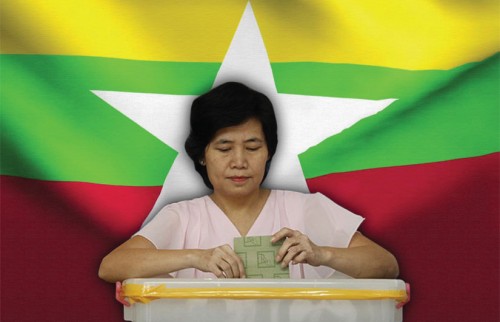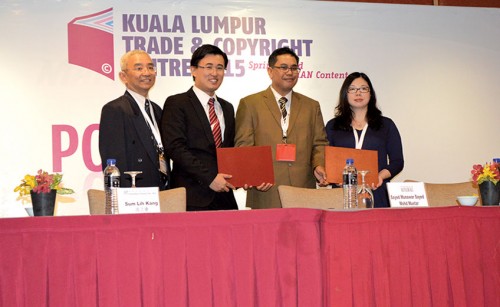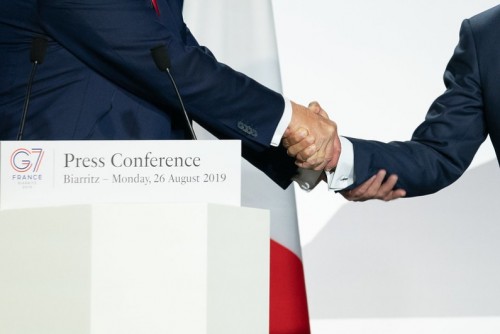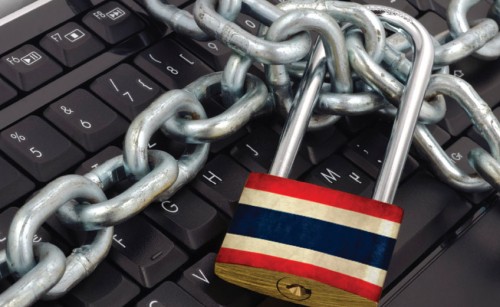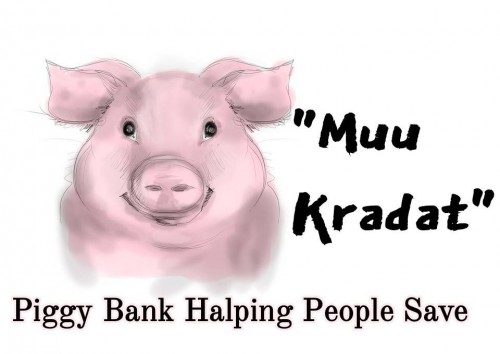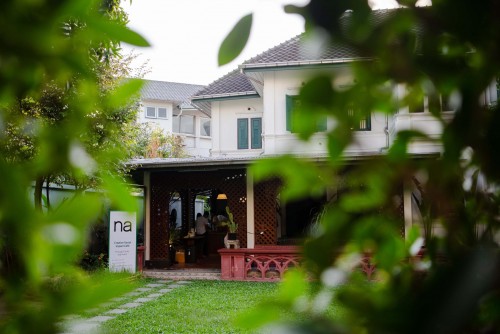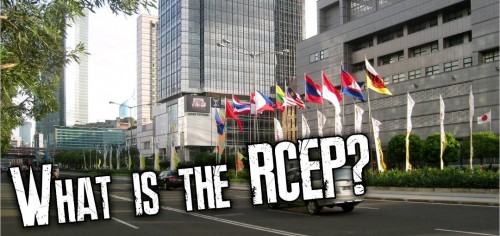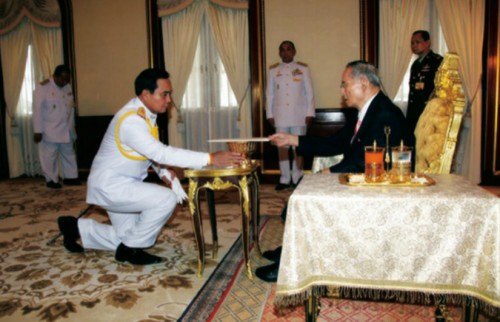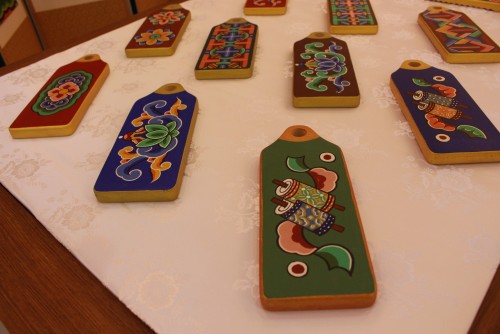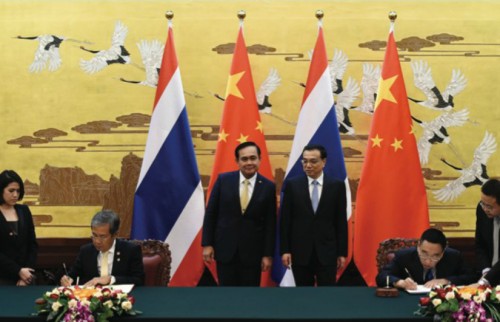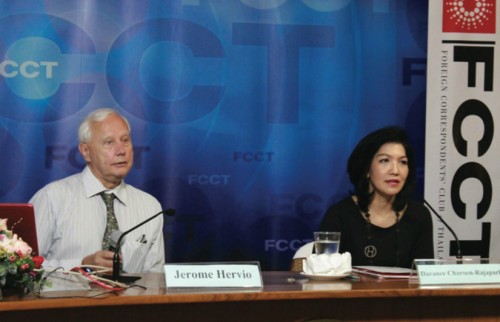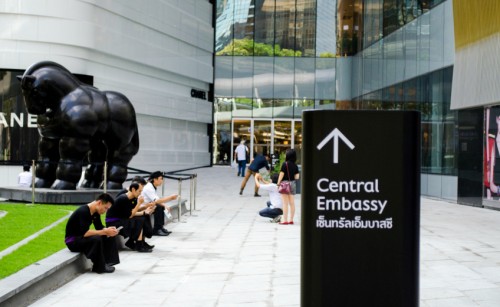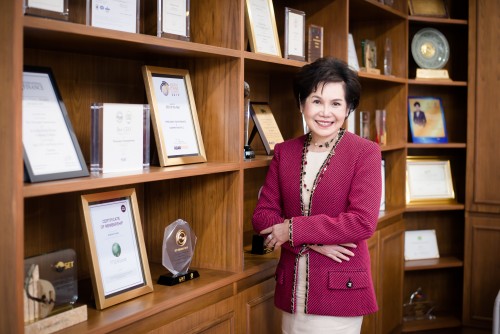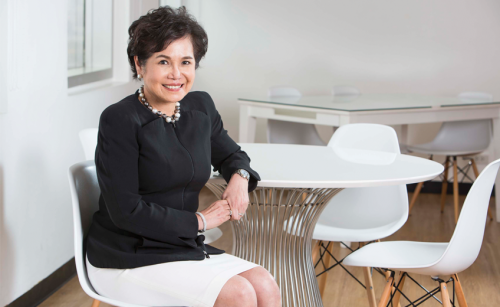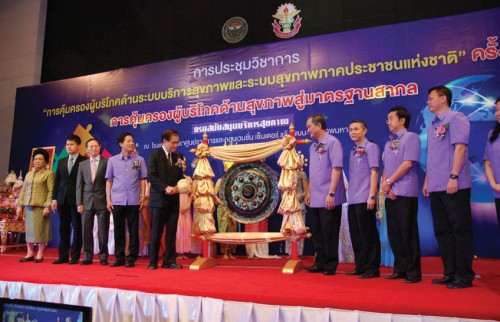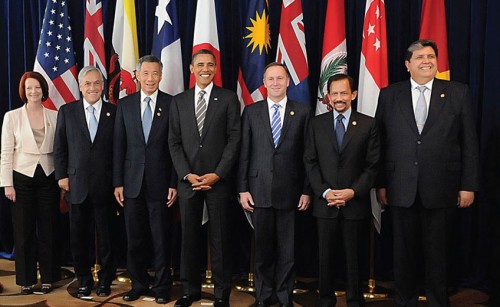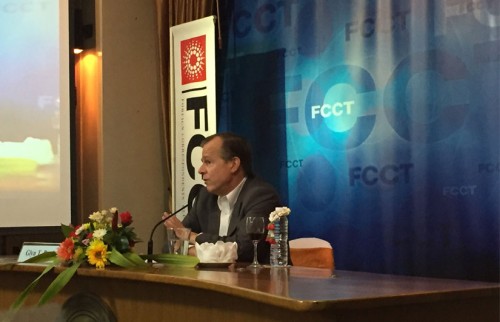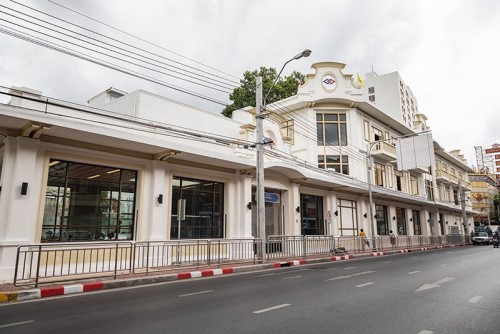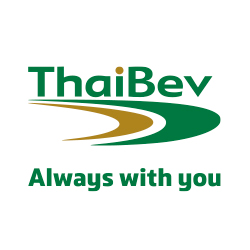At 30, Poramin Insom has founded his own global currency, his own digital exchange, has helped shore up government cyber security and is applying the security of blockchain to fields as diverse as health care and party elections. From A to Z, or rather from Amnat Charoen to Zcoin, Poramin Insom is not your usual Thai entrepreneur.
He worked in the Thai military's cyberwarfare unit while perfecting his own blockchain-based currency, now traded internationally, and has recently founded his own cryptocurrency exchange called Satang. The son and grandson of Isan schoolteachers, Poramin became interested in hacking, a journey that lead him to KMIT Latkrabang and later Johns Hopkins University in the US, where he refined as a master's thesis the Zerocoin Protocol of Matthew Green, one of the professors. He later used that thesis as the basis for Zcoin, to follow on the heels of Bitcoin, Ethereum, Litecoin and others, and while Zcoin was in its testing phase, he worked in the cyberwarfare unit of the Thai army. He is now working on Satang while actively applying the security of blockchain to a variety of disparate fields. The Zcoin blockchain was recently used in the leadership elections for the Democrat Party and has other practical uses in daily life where privacy and accessibility are necessary, such as in health care.
Poramin, in his offices on Ratchadaphisek Road, cut an almost boyish figure as he explained how it all began. “I've been writing code since 14,” he said. “I really wanted to learn and bought every programming book. Basically, I was interested in hacking.”
Still only 30, he moved to Bangkok at 10, dipping into the gaming world like many of his peers. He wanted to take it further, though, to web development and hacking, and from the start of high school he began learning from a mentor who was an undergraduate at King Mongkut's Institute of Technology (KMIT).
“I learned a mix between computer, IT and electrical engineering, basically. Between 13 and 18 I joined a lot of computer competitions. My mother saw that I was doing well in this area and pushed me to apply for computer engineering.”
He was accepted to KMIT Latkrabang, but wanted a broader education than the narrow specializations that were on offer as majors. “I studied a lot of areas. If you want to be a good hacker you need to know a lot of fields, so I joined as many courses as I could.”
His first job was for Microsoft Thailand as a software tester, finding bugs in programs. He was accepted to the graduate programme in security informatics at Johns Hopkins University in Baltimore, Maryland, where he learned about cryptography and information security management. “While there I had to choose a graduation topic, so I looked at many research papers from the professors in my department. One that got my attention was by Matthew Green. He was quite active in cryptography research.”
Software can be rewritten, patches can be added, code can be altered. The exception is in cryptography. If there is an attempt to rewrite a single line, entirely different results occur when running the code. Cryptography requires extensive knowledge of mathematics and theory to make it work in practice. Poramin was fascinated by this aspect.
“I was there in 2013 and Matthew Green released a paper about a Zerocoin Protocol. Once I read this paper I thought I could implement it and improve it as a graduation thesis.”
Following completion of the thesis, he went to find funding to implement this as Zcoin. A friend and co-founder was tasked with contacting potential investors. One who showed interest was Roger Ver, who is involved in several cryptocurrencies as well as in companies that specialize in 'mining', or computing random numbers and validating transactions to get new coins.
Zcoin was already in testing phase by 2015, and Ver's investment and backing was essential in quickly taking it further. Since cryptocurrency is open-sourced, with code visible to all, once the altcoin was released anyone could copy and rebrand it. “You can't release a currency and expect everything to be smooth, and in the cryptocurrency world if you don't release the source code no one is going to trust you – you could put a backdoor in there.”
Poramin was also reading notices in Thai IT circles about cyberwarfare. At the time he was in San Francisco implementing Zcoin, and also had a job in New York working remotely on a cryptocurrency investment fund. He asked his employer if he could finish his work remotely from Thailand instead. There was a lull in Bitcoin and cryptocurrency interest at the time, and he thought he could take on more responsibilities.
He was accepted to the cyberwarfare unit of the Royal Thai Armed Forces Headquarters (RTARF), working on circumventing large, country-level malware attacks and other attempts to extract personal data or government secrets. He was still testing his cryptocurrency, but there was more resistance to it in Thailand.
“Thailand is moving from paper to digital form but it's going to take some time,” he explained. “The current generation is tied to paper. At that moment the unit focused mainly on IO [information operations], such as preventing disinformation about the monarchy. After I worked with them for a while, blockchain and Bitcoin became well known in Thailand, but people still thought it was illegal or a scam, equating it with UToken, a kind of ponzi scheme. Even though I educated them, the perception was still negative.”
































































